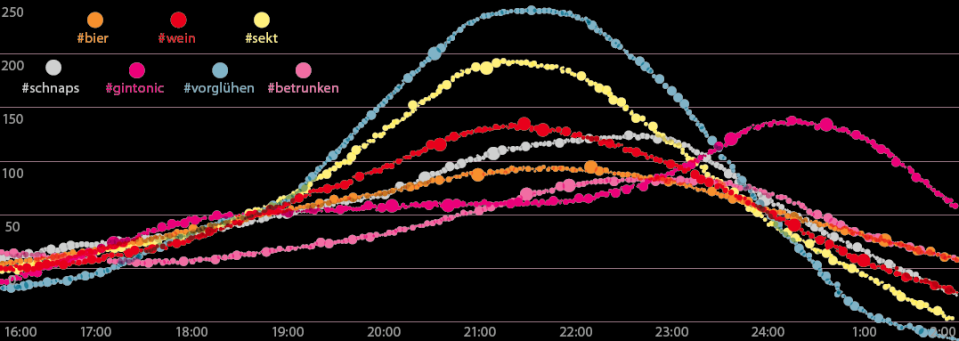


The journalist Tin Fischer and the computer scientist David Goldwich analyzed various hashtags, which were used for tagging pictures uploaded on the photoplatform Instagram for an article in NeonMagazine. We found this to be an interesting project, which brought astounding results to light. Through the use of “InstagramLeaks” the author describes which data the users of Instagram thoughtlessly reveal when they upload and share their photos with the mobile app and how easy it is to very legally evaluate and exploit this information. We spoke with the Author.

Control is lost in the cyberfrenzy. But the frenzy for uploading content follows a strict set of rules. Pictures where one drinks #sparklingwine, appear around 21:00 hours. One starts to drink #gintonic only after midnight. The #warmup is in great demand at 21:00 hours. And people are really #drunk at 24:00 hours. (Data from 2013+2014) – Quelle: Instarama
Interview with Tin Fischer
You have dealt with userbehavior of Instagram intensely. Were there any results that really knocked your socks off?
Tin Fischer: I was astounded by the fact that the data is so freely accessible. David, being a computer scientist, found it to be less surprising. And then of course I found it remarkable, that nobody investigated this data more thoroughly yet. Instagram seems to still be somewhat of an underdog, although it is one of the biggest social networks in the world.
Many people know little to nothing when it comes to the subject of data. Why did you still dare to study this topic?
As a journalist, I research infographics for my articles every now and then. I was in need of tweets with geodata for a story, but hardly anyone uses geotags on twitter. So that didn’t work. And then I stumbled upon the webpage iknowwhereyourcatlives.com. Here someone actually localizes cat owners via pictures of their cats. I thought: pretty clever, since for some reason people seem to use geotags much more often when posting pictures. I called David and asked if we could tap into Instagram. He replied that technically it was dead easy.
How long did you need for the programming and the evaluation of the data, that you very legally leeched from Instagram?
It took a little longer than we initially assumed it would. We started last summer and the first version of the downloadprogram was ready after a few days. But then I had many special wishes so we first had to become acquainted with the subject matter concerning dataanalysis and learn other things such as cartography and linguistics programs alongside our regular work.
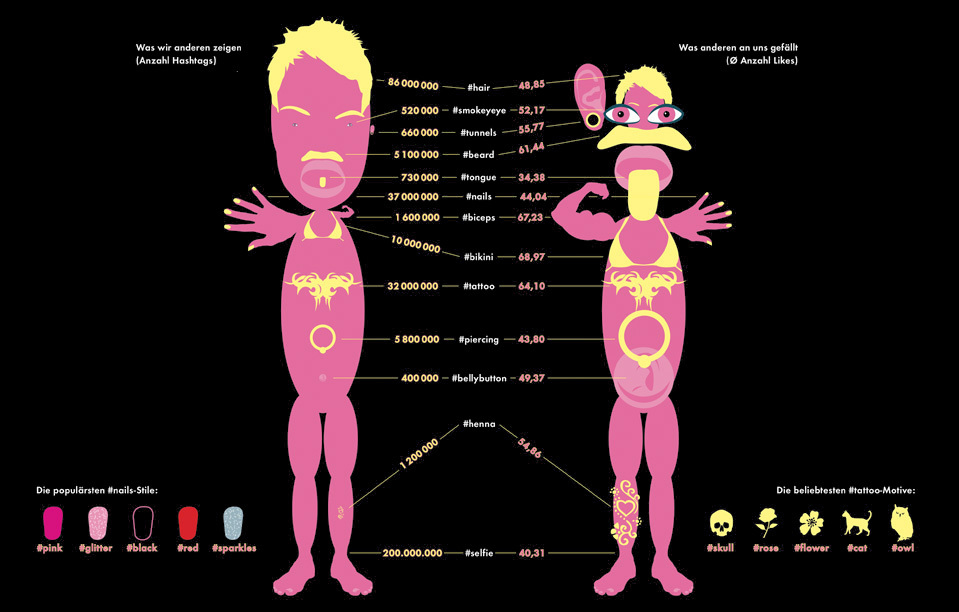
ONE OF THE MOST POPULAR MOTIVES the Instagrammer is you yourself. Even better: your body. There is however a great difference between the body parts we mark with a hashtag ourselves (#hair) and which sights others reward with a like (#biceps). Bikini photos are the ones which receive the most likes. Additionally, one can discover which tattoomotives and nailpolishes are “in” right now. (Data: January 2015) – Quelle: Instarama
How did the readers of “Neon” react to your article?
All in all, mostly baffled and amused, I think. We have, after all, primarily focused on finding entertaining content in the data, rather than search for aspects that arouse social conflict. It also has to do with the fact, that the data on Instagram isn’t all too personal. Instagram is more of a stage, where you portray your most pleasant sides. We analysed all of my Google search queries from the past few years for another story. Here, one really gets down to business.
How large was the volume of data, which you have analysed and more importantly, how does one get access to this data?
You can access the data via the API which is so to say a deliveryentrance of a social network. This is where thirdparty service apps dock on for example. One does need programing skills in order to do so, but the API is nonetheless an open and legal gateway. It is difficult to quantify the data volume, because one downloads a lot of content which is uninteresting if you should take a closer look.
Would you say, that your knowledge is transferable to other networks such as Facebook?
Every social network generates other data. On a photoplatform such as Instagram it mostly revolves around topics such as travel, fashion and food. Politics and technology play basically no role at all. On Twitter, exactly the opposite is the case. Additionally, the target groups are very different. Instagram is mostly young and feminine, which is why you can’t really generalize when talking about the results.

IT IS A MEDICAL RIDDLE, but on weekends the fewest Instagramusers are in fact lying #sick in bed. Can it be that the immune system functions at its best, when one is free of
work? Most sickleaves are handed in to the employers on Tuesdays and Wednesdays but surely it’s just all that stress. (Data: 2013/204) – Quelle: Instarama
Which personal consequences do you draw from this research?
It is contagious, moving around this colorful and peaceful Instagramworld. At some point, the only thing one wants to do is listen to Cro and eat sushi. Now I have to shake it off, listen to more serious music again.
Do you behave differently in the digital world, where we leave our data everywhere?
I am somewhat divided when it comes to this. Well, I use the search engine DuckDuckGo, have cookies only temporarily activated and logout from Facebook, when I am on the run online. But sure thereby we lose comfort, the products don’t function as well as they should and the onlineenterprises start to rate you as a troublemaking fool as time passes. My computerscience colleague David, on the other hand was always pretty dataabstinent. I think he doesn’t even own an Instagram account.
Tin, thank you very much for the Interview!
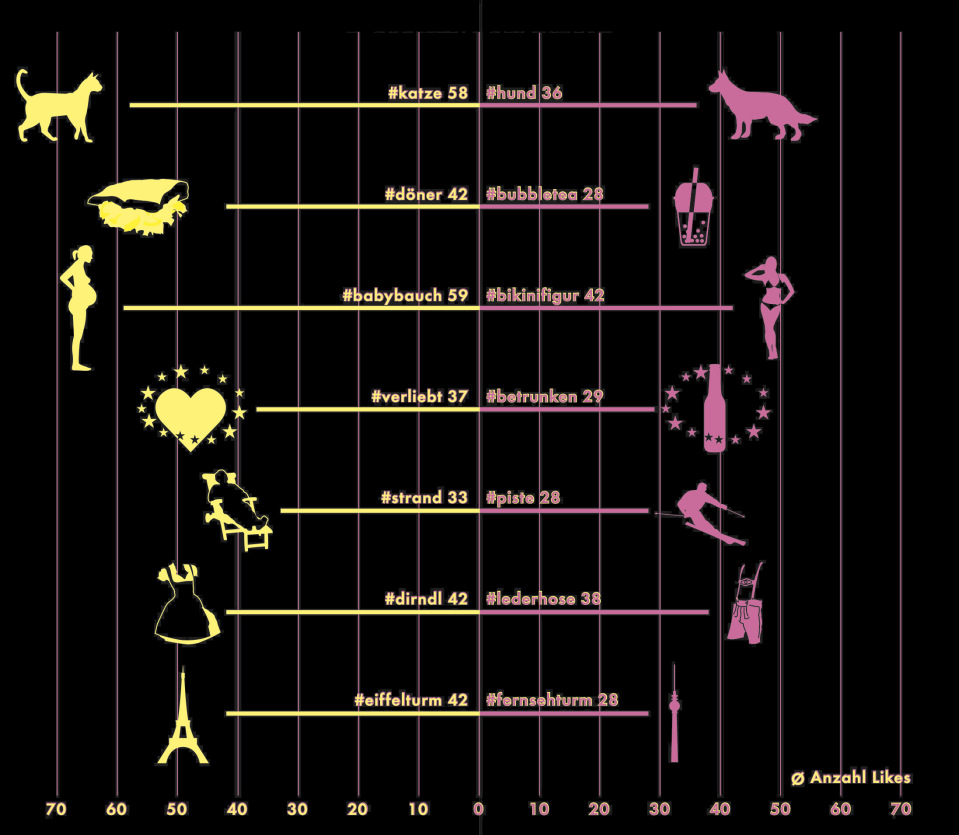
THE HEART IS INSTAGRAM’S CURRENCY. Celebrities who have many followers, receive more likes than normal users of course. But the motive also decides on the popularity of a photo. A cat gets double as many likes as a dog, a baby bump is more popular that the bikini figure. The number of likes is so high because some receive tens of thousands of likes. (Data: 2013+2014) – Quelle: Instarama
Data-Detox-Tips

Jens Glutsch, Data Detox Counselor
The Master of Science in Computer Science will now regularly publish Data-Detox-Tips here on our site. The 42-year old spent the last 15 years working as a software developer and IT consultant.
This year, he began working as an independent consultant for Data Detox, privacy and data security.

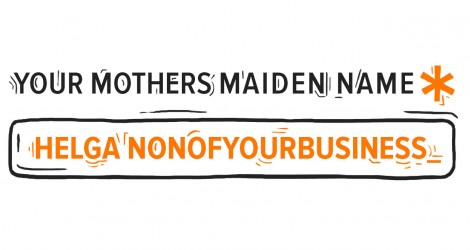
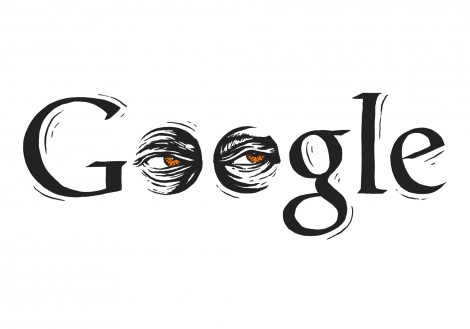
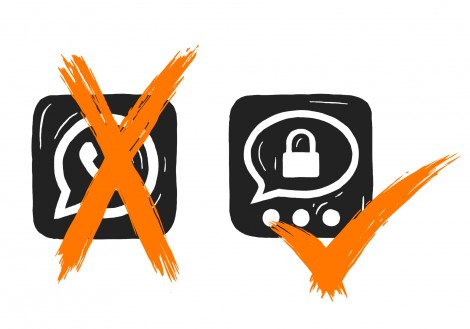

@Nick:
Du vergleichst hier zwei vollkommen unabhängige Sichtweisen auf
Privatsphäre miteinander.
Ja, Ghostery schützt die Privatsphäre indem es dich auf Tracking aufmerksam macht und dies blockiert.
Dieses Plugin habe ich auch in meiner Werkzeugkiste.
Aber es hat nichts mit Metadaten zu tun.
Ghostery schützt dich nicht davor, deine Daten bei Facebook preiszugeben.
100
Lupa kata sandi
Lupa kata sandi
Meminta kata sandi baru
عالی